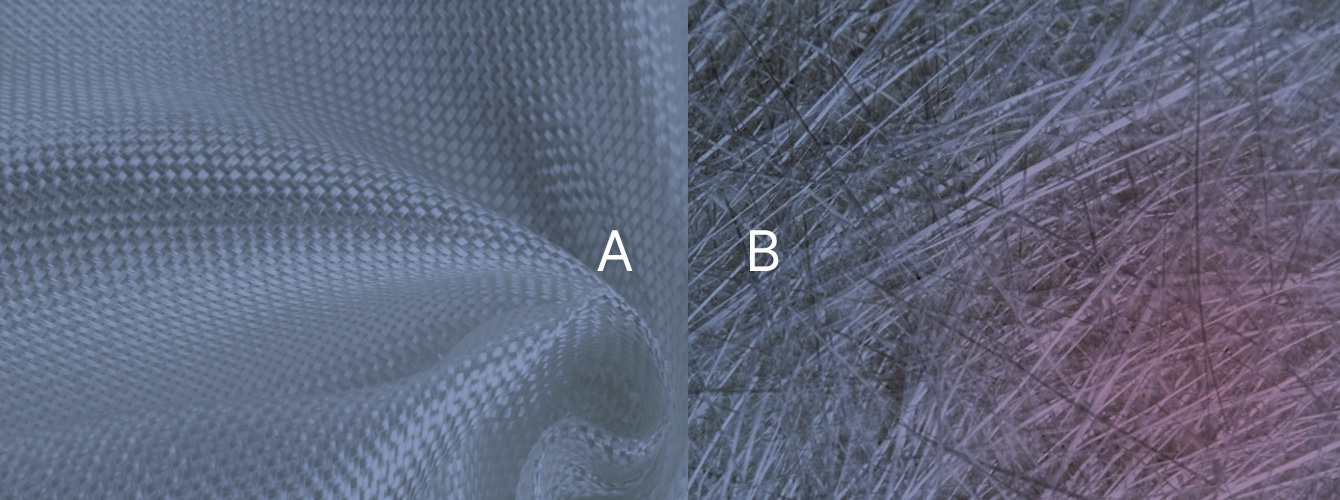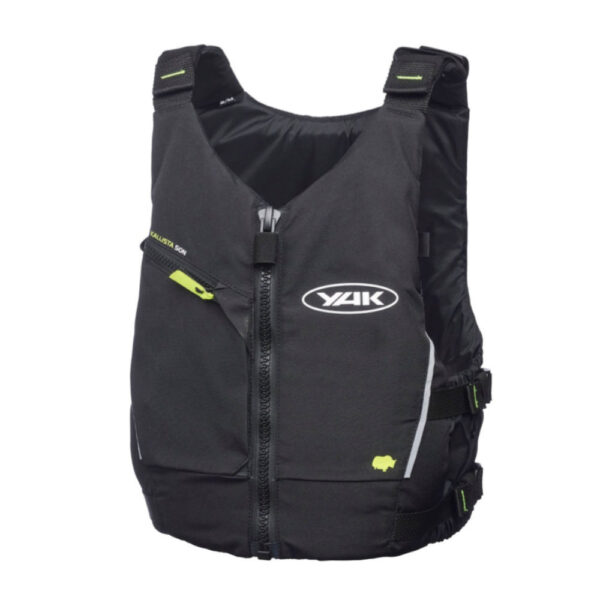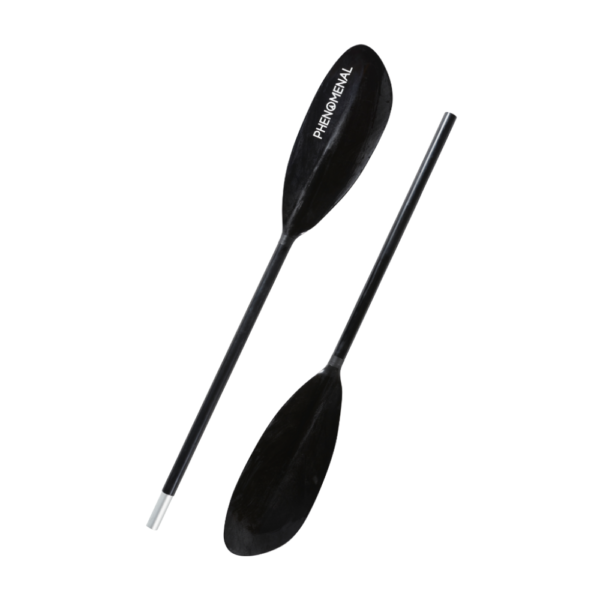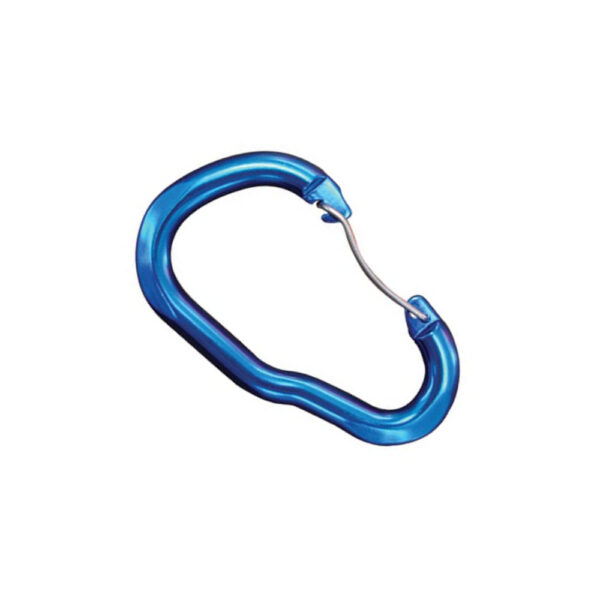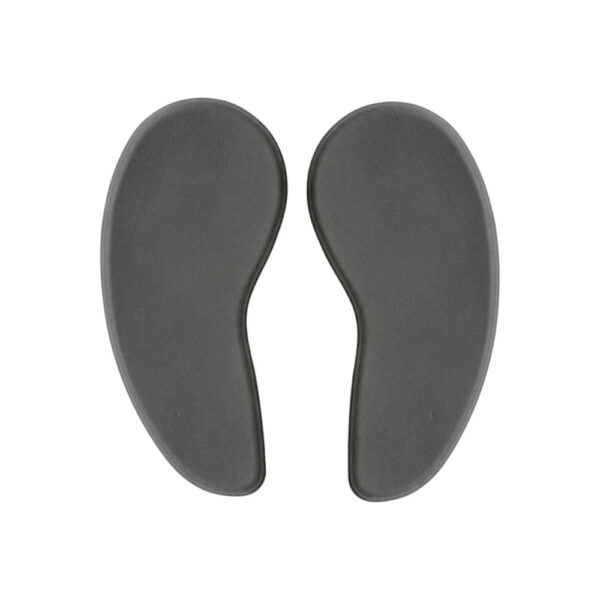The parts that make up a sea kayak
Skegg, rudder, thigh brace, bulk heads and cockpit… It sounds both maritime, but also a bit aviation-like? In this guide we will walk you through all the basics of a sea kayak – all the parts are and what they are there for.
The deck
The deck of a sea kayak is a well tought out space that makes life safer and easier for you as a paddler when you are out at sea. Toggles, lines, bungees and hatches are all parts that makes it possible to handle safety gear, paddle, access compartments and handle the kayak when doing rescues and when carrying it on land.
The cockpit
The cockpit is the place from which you control your kayak. The placement of thigh braces, foot rests and seat and back rest are all essential to how comfortable you feel when you are on the sea. The shape and size of the cockpit are also factors that influence how safe you feel in your kayak.
1) Cockpit
Most sea kayaks have a keyhole cockpit narrow in front, but still easy to get in and out of. The narrower the cockpit is in front the harder it is to get out, but the more the paddler is in control of the kayak.
2) Thigh braces
In a sea kayak your legs are below deck with the thighs pushing against the thigh braces. This is the most important contact with the kayak allowing you to control the boat. Thigh braces can be padded with foam for extra comfort.
3) Seat and backrest
The seat is your base of operation and should fit you and feel comfortable. What you should pay attention to is the backrest which should never be higher than the rear deck of the kayak. When doing a self-rescue you enter the cockpit from the rear deck. If the backrest is higher than the rear deck it will challenge your balance. So while a high back rest might look comfortable you will never find it on a professional sea kayak.
Points of contact
In a sea kayak you mostly use your body when maneuvering. This is done by always having close contact with the kayak. There are three important points of contact that help you get the job done.
An important point of contact is the footrests. The footrest can be adjusted to allow the right spacing for your legs.
The thigh braces are one of the characteristics defining a sea kayak and the most important connection to the kayak. In a sea kayak your legs are under deck with thighs applying pressure to the thigh braces. The contact between thigh and thigh braces are crucial for the paddler to be in control of the boat and be able to maneuver.
The correct seating position is straight back and leaning slightly forward, but with contact to the backrest.
Storage compartments and bulkhead
One of the sea kayak characteristics is that it has a minimum of two watertight compartments for storage, on most modern sea kayaks you will find 3 compartments. The storage compartments have two very important functions. It allows you to bring lots of gear and do multi-day trips. The second function of the compartments concerns safety. The compartments are separated by sealed bulkheads. If you capsize the compartments provide buoyancy even if your kayak is packed with lots of gear.
1) Bulkhead
To keep the storage rooms watertight a bulkhead separates the storage room from the cockpit. It is always a good idea to check that the bulkheads are meticulously sealed to avoid water getting into the storage rooms. If you capsize and the bulkheads are not sealed it will cause your kayak to sink. However no matter how well the bulkheads are sealed PE kayaks are never 100% watertight so remember to pack all your gear in waterproof bags.
2-3) Hatch and Day hatch
Most sea kayaks have two larger compartments for storage, one in front and one in the rear. You will use these for larger pieces of equipment like a tent, sleeping bag and other gear. Behind the cockpit you find a smaller compartment; the day hatch. You can access the day hatch from the cockpit and it holds sufficient space for all you need to bring for a daytrip.
Skeg and rudder
Most sea kayaks are fitted with a skeg, but some have a rudder in addition to the skeg. Wether you want one or the other is a matter of taste since both solutions have the same purpose – to help you track straight.





